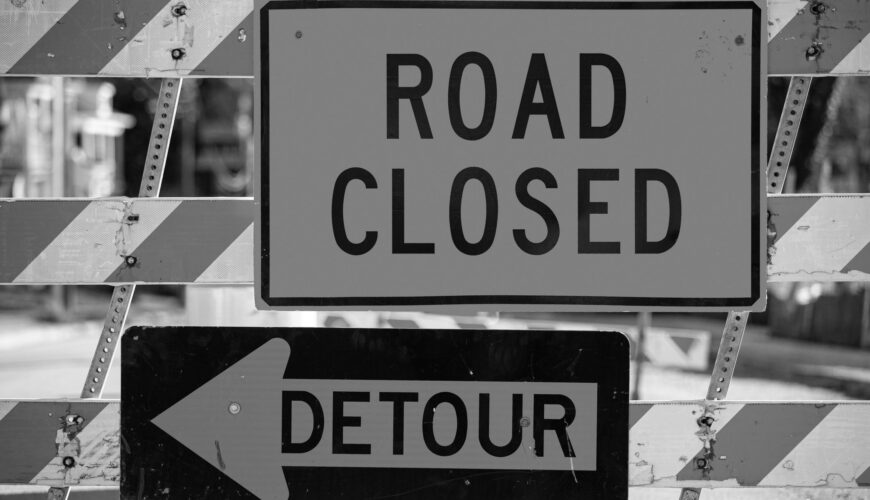The Port of Baltimore should become fully operational by the end of May. It’s been about six weeks since the cargo ship Dali hit the Key Bridge in Baltimore, killing six construction workers, collapsing the bridge, and paralyzing the Baltimore port. As one of the East Coast’s essential ports—the farthest inland on the East Coast–the nation’s supply chain has faced numerous challenges. However, this past week included crucial steps toward a return to normalcy.
Since the day it struck the bridge, the Dali, including cargo and crew, has been trapped underneath its wreckage. This has blocked one of the main channels into and out of the Baltimore port, preventing anything close to normal operations. While two shallow channels have been restored, the larger, 700-ft. wide by 50-ft. deep federal navigation channel has remained closed since the bridge collapse. This week, however, the state took measures to restore that channel, which should become fully operational by the end of May.
To remove the twisted steel atop the Dali, the Army Corps of Engineers used controlled explosions to topple large pieces of the bridge still on the ship. By doing so, salvage crews could then access pieces of debris, and with the assistance of tugboats, the Dali could now float down the Patapsco River to the nearby Seagirt Terminal. With the ship cleared, the port can now begin welcoming back cargo ships at a closer-to-normal schedule. Beginning next week, some 30 public and private ships will begin arriving. In fact, just this week, the first roll-on/roll-off ship came to port since the collapse. Baltimore’s port manages more roll-on/roll-off equipment than any other port in the country, making it a critical lynchpin in the farming and construction equipment and automotive supply chains.
The port’s closure has been costing the economy around $15 million each day. However, the supply chain has proven more resilient than during recent disruptive events. While the Port of Baltimore was incapacitated, the nearby Port of Virginia absorbed extra volume, about 18,000 to 20,000 containers more than usual. Railroads also responded, adding more trains between the critical northeastern corridor. Truck lanes have also proven themselves up to the extra capacity.
One of the port’s terminals was unaffected by the bridge collapse, and that terminal quickly pivoted to double its automotive shipping capacity. The federal government awarded the port $8 million to accomplish that task, and the results included an expedited paving project to expand available vehicle lots by 10 acres.
In other industries, several large manufacturers and retailers have committed to maintaining operations at the port as it moves toward resuming full capacity. The Home Depot, Baltimore local manufacturer Domino Sugar, and Amazon declared they will keep local workers on payroll throughout the slowdown and reopening process.
The Maryland Department of Transportation estimates that the new bridge will be completed by the fall of 2028. In the meantime, a fully reopened port will serve the supply chain well and represent a strong example of resiliency.


